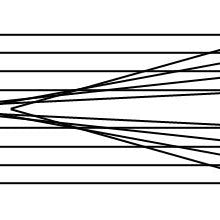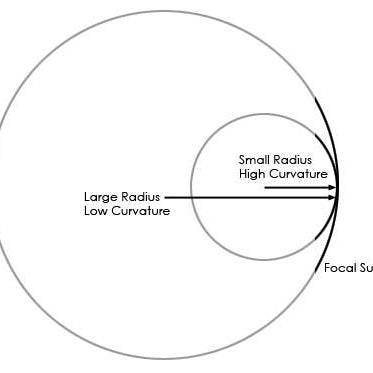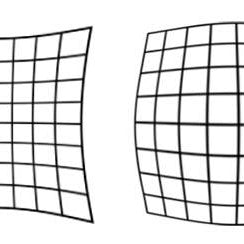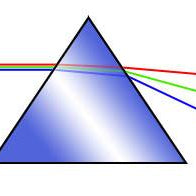
Tutorials
-

-

Spherical Aberration
Read nowSpherical Aberration Spherical aberration is an axial aberration, affecting the entire field equally, including stars at the center. All telescope designs strive to eliminate or minimize spherical aberration. Normally, spherical aberration should not be visible in an optical system. But...
-

Astigmatism
Read nowAbove: Spot diagram of a star at the edge of the field affected by astigmatism Like coma, astigmatism is an off-axis aberration. Unlike coma, it is a symmetrical aberration. For professional astronomers this can be an important distinction, since asymmetrical...
-

Field Curvature
Read nowThe focal planes of most telescopes are not flat. Off-axis light usually focuses closer to the objective than does on-axis light. Above: A curved focal plane For visual observing, a slightly curved field is no big deal. The eyepiece will...
-

Distortion
Read nowDistortion is one of the least problematic aberrations for telescopes. Distortion is typically only large over very wide fields such as with wide-angle camera lenses. Over the small fields of view associated with telescopes, distortion is rarely an issue. Very...
-

Longitudinal Chromatic Aberration
Read nowLongitudinal Chromatic Aberration Often called longitudinal color, or axial color, this is the primary aberration affecting refracting telescopes. It can also arise in any system which uses lenses, although it tends to be most problematic in pure refracting instruments. How...
-

Lateral Chromatic Aberration
Read nowLateral color is an off-axis aberration resulting from a difference of image scale at each wavelength. Above: Lateral color arises from a difference in image scale depending on wavelength Lateral color causes colored fringes at the edge of the field....







